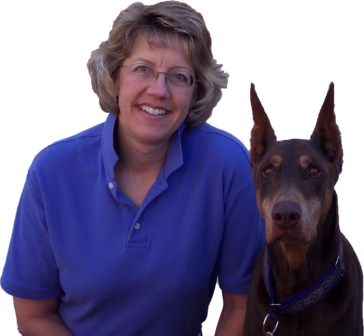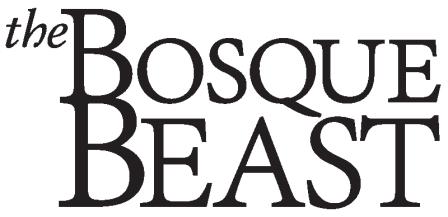Grrrr ... means what?

Let’s talk about growling dogs. Most people consider a growl aggressive, and do not want their dog to growl. So they respond with aggressive gestures— leaning forward, grabbing, shaking, yelling, etc. Their response may be even more stern if the dog growls at someone else.
But let’s look at the situation from the dog’s point of view. Growling is a natural way for dogs to communicate that they are nervous, concerned, worried, or unhappy. Dogs that are punished for growling may stop growling, but will still have the underlying emotions that prompted them to growl. So now you have a worried/nervous dog who isn’t able to express how he feels.
If the conditions continue or escalate, the dog may “up the ante” by lunging, snapping, or biting. These are often the dogs that people claim bit “for no reason.” Believe me, there’s always a reason.
That’s why I love dogs that growl. It allows me time to change the situation to keep everyone safe. Even better are dogs that give fair warning before they resort to growling.
Here are some early warning signs you should watch for with any dog:
• Freezing: Dog gets still and stiff
• Whale eye: Whites of the eyes are visible as the dog turns his head away
• Tightness in the corners of the mouth: Lips pull back in a grin, or push forward in a pucker
• Avoidance: Dog ducks, turns away, flops on ground, tries to get away
When you see any of these signs of stress, immediately stop what you are doing. We all have our limits on any given day, and dogs are no different. Once you start to see the kind of situations when a dog tenses up and gets worried, you will know what to avoid.
You still need to do things like bathing, brushing, trimming nails, having visitors, walking past the neighbor’s yard, that may make your dog uncomfortable. This is where training comes into play.
First, tell your dog what your intentions are and what’s happening. Sometimes reactivity is the result of uncertainty and surprise. Also, slow down. You don’t have to cut all her toenails in one session. Make things easier for both of you when you can.
Finally, work on the dog’s emotions. Associate something he loves (food, hugs, toy) with something he doesn’t (loud noises, neighbor dog, separation). Make the noise, then give the reward. Repeat. The trick is to keep the unpleasant thing mild enough not to trigger the fear/stress reaction, and increase gradually. Go slow, and make sure your dog is relaxed before proceeding.
Punishing the growl may seem quicker and more efficient, but the positive approach will lead to a happier and calmer dog in the long run.
Cricket Mara operates a dog behavior consulting practice in Corrales called Pawsitive Dog. Send comments and questions to cricket@pawsitivedog.com.
